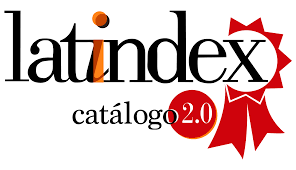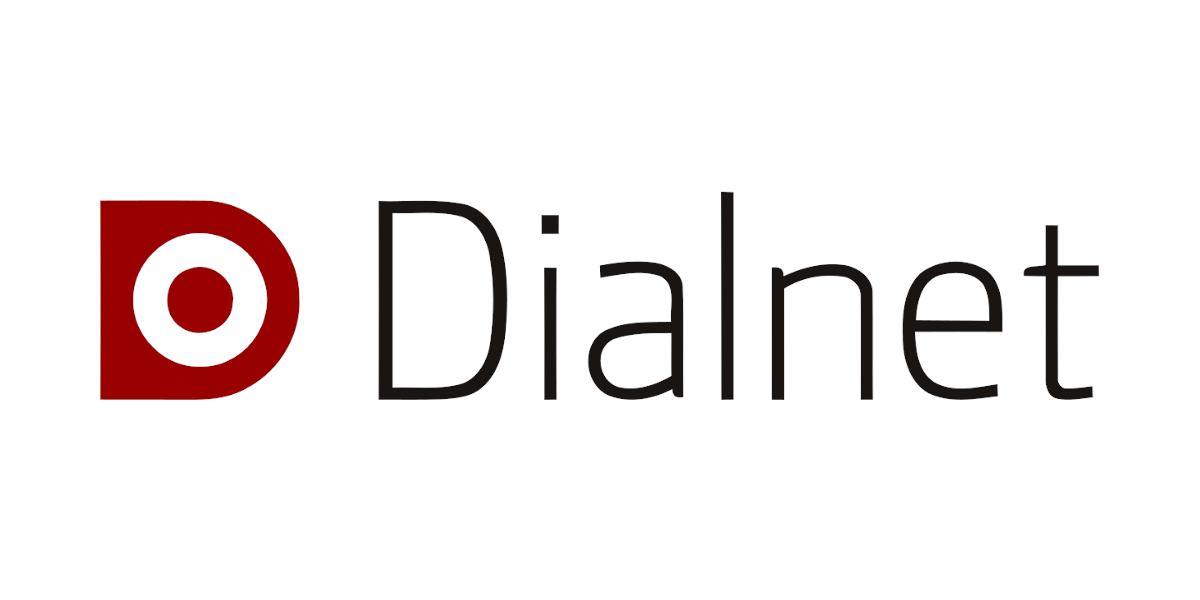Socio-economic and cultural aspects associated with the cultivation of native cocoa in the original community U mukai, Bagua, Amazonas
DOI:
https://doi.org/10.55996/dekamuagropec.v1i1.23Keywords:
Socio-economic, cultural aspects,, native cocoa, Umukai native communityAbstract
Peru ranks second worldwide as a producer and exporter of organic cocoa. The resource has significant social relevance as it is the sixth most important crop nationwide in terms of the number of residents engaged in the activity. In that sense, the objective of the research was to determine the socio-economic and cultural aspects associated with the cultivation of native cocoa in the original community Umukai, Imaza district, Bagua province, Amazonas region, 2019. The type of research is descriptive, quantitative and transectional; The data were obtained through systematic observation and through the application of a survey of cocoa producers in the community under study. The results obtained show that the Umukai cocoa producer is mostly male whose ages range from 30
to 39 years; they present primary and secondary studies, which is limiting for the agricultura! technological adoption that allows the improvement of their production. Likewise, cocoa (Theobroma cacao L.) plays a very important economic role, because it guarantees its economic support. These comuneros use the Creole seed, without improvement, which implies a production of native cocoa. The climate, the biodiverse ecosystem and the native management will allow this natural variety, whose demand in the global markets is growing, to consolidate efficient nutrient management and adequate pruning to improve productivity. They leamed the cultivation of cocoa on their own and still use ancestral techniques such as minga or strength change; However, the use of wages in sowing and harvesting is increasingly growing. The socio-economic and cultural characteristics presented by the original Umukai community of Bagua, show that the cultivation of native cocoa represents a fundamental economic activity of the community, therefore, improvement, training or transformation plans on the resource should be promoted to ensure the sustainability ofthe same over time and the improvement ofthe quality oflife in the region.
Downloads
References
Almestar, J. (2015). Interculturalidad y grado de adopción del cultivo del cacao en el distrito de Santa María de Nieva, Condorcanqui, Amazonas, Perú (tesis para optar el grado de magister scientiae ). Universidad Nacional Agraria La Molina, Lima, Perú.
Durán, F. (2012). Cultivo y Explotación del Cacao. Grupo Latino Editores: Bogotá.
Dirección general de investigación y estudios sobre comercio exterior (2017).
García, L. F. (201 O). Catálogo de cultivares de cacao del Perú. Ministerio de Agricultura. Lima. Perú.
Instituto Interamericano de Cooperación para la Agricultura (2016). Informe anual del IICA.
Larrea, C. & Lynch, M. (2012). ABriefOverview of the Sustainable Cocoa Sector in Latin America and the Caribbean. Market Research for Sustainable Investment l. Montreal: Finance Alliance for Sustainable Trade.
Ministerio de Agricultura y Riego (2008). Perú. Recuperadodehttp ://minagri. gob. pe/portal/ do wnload/pdf/herramientas/ organizaciones/ dgpa /documentos/estudio cacao/4 3 l amazonas i nformefinal. pdf
Ministerio de Agricultura y Riego (2019). Commodities Cacao. Boletín de publicación trimestral (abril-junio). Perú.
Ministerio del Comercio exterior y turismo (2018). Análisis integral de la logística en el Perú. 5 cadenas de exportación. Recuperado de https://www.mincetur.gob.pe/wpcontent/uploa ds/documentos/comercio exterior/facilitacion _comercio_ exterior/P _ Cacao.pdf.
Ministerio de Cultura (2019). Base de datos oficial de pueblos indígenas u originarios. Recuperado de https://bdpi.cultura.gob.pe/pueblos-indigenas.
Ministerio de Economía y Finanzas (2016). Perfil del proyecto de mejoramiento y ampliación del servicio de agua potable e instalación de la disposición sanitaria de excretas y de aguas grises en la comunidad nativa Umukai, distrito de Imaza, provincia de Bagua, departamento de Amazonas.
Pabón, M., Herrera-Roa, L. y Sepúlveda, W. (2016). Caracterización socio-económica y productiva del cacao en el departamento de Santander (Colombia). Revista Mexicana de Agronegocios, vol. 38, enero-junio, pp. 283- 294. Sociedad Mexicana de Administración AgropecuariaA.C. Torreón, México.
Salas, J. y Hernández, L (2015). Cacao, una aportación de México al mundo. Recuperado de https://periodicooficial.jalisco.gob.mx/sites/pe riodicooficial.jalisco.gob.mx/files/cacao_una_aportacion_de_mexico_al_mundo- jesus_salas_tornes_y_laura_yunuen_hernandez_sanchez. pdf
Downloads
Published
How to Cite
Issue
Section
License
Copyright (c) 2020 Revista Científica Dékamu Agropec

This work is licensed under a Creative Commons Attribution-NonCommercial 4.0 International License.
Los autores que publican en esta revista aceptan los siguientes términos:
- Los autores conservan los derechos de autor y conceden a la revista el derecho publicación con la obra, simultáneamente licenciada bajo una licencia de Creative Commons CC By que permite a otros compartir el trabajo, pero citando la publicación inicial en esta revista.
- Los autores pueden celebrar acuerdos contractuales adicionales separados para la distribución no exclusiva de la versión publicada de la obra de la revista (por ejemplo, publicarla en un repositorio institucional o publicarla en un libro), pero citando la publicación inicial en esta revista.
- Se permite y anima a los autores a publicar su trabajo en línea (por ejemplo, en repositorios institucionales o en su sitio web) antes y durante el proceso de presentación, ya que puede conducir a intercambios productivos, así como una mayor citación del trabajo publicado (https://web-archive.southampton.ac.uk/opcit.eprints.org/oacitation-biblio.html)















